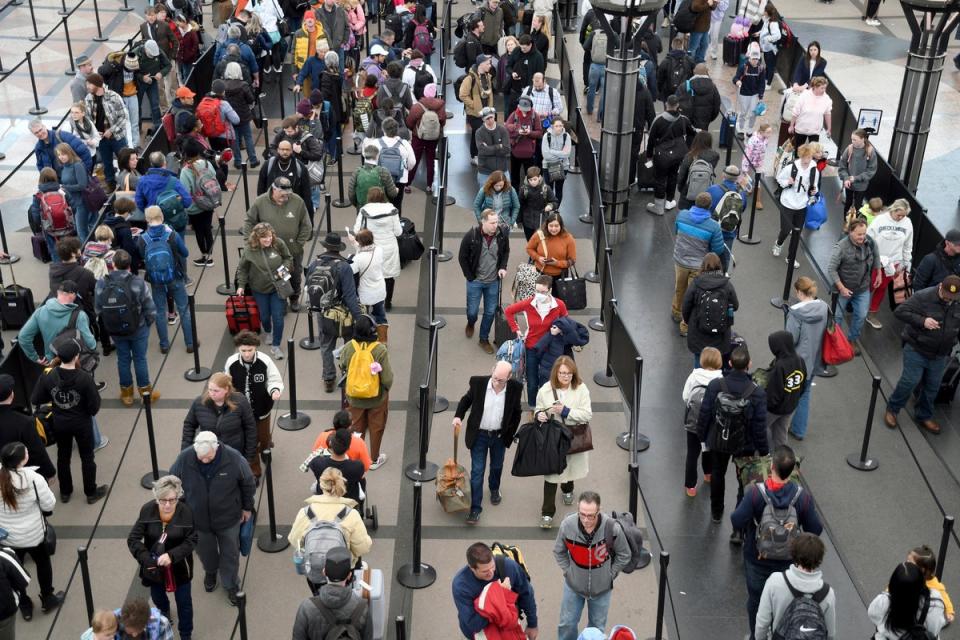Fourth of July expected to be busiest for air and road travel in history

Anyone considering traveling for Independence Day is being warned that it is gearing up to be the busiest July 4th in history.
Whether that’s traveling by air or taking a road trip, experts have predicted that travel will break some records over the July 4th week as the United States starts its annual Independence Day celebrations across the country.
All around the country, Americans will be preparing for their annual plans, which typically include the customary barbecues, picnics, town parades, and fireworks displays to celebrate the adoption of the Declaration of Independence, on 4 July 1776.
The American Automotive Association (AAA), a federation of motor clubs throughout the US, is projecting that 70.9 million travelers will head 50 miles or more from their homes over the Independence holiday travel period, defined as a nine-day period, from Saturday, 29 June to Sunday, 7 July, they wrote in a news release on Thursday.
While the AAA has included the entire July 4 week, as well as the Saturday before and the Sunday after the holiday, for the first time in their forecast, their projected numbers this year represent a five per cent increase compared to 2023 and nine per cent from 2019.
“With summer vacations in full swing and the flexibility of remote work, more Americans are taking extended trips around Independence Day,” Paula Twidale, Senior Vice President of AAA Travel, said.

“We anticipate this July 4th week will be the busiest ever with an additional 5.7 million people traveling compared to 2019.”
Some 2.8m more travelers than last year will be getting in their vehicles and joining the traffic over Independence Day week, as the AAA predicts that a record-breaking 60.06m people will travel by car over the period.
Hertz also told the association that Dallas, Denver, Salt Lake City, Los Angeles, and San Francisco are the cities showing the highest rental demand during the holiday week.
Aside from those getting in their cars to travel to their July 4th celebrations, the AAA also said that the number of air travelers is also expected to set a new record.
Before the Independence Day period has even started, however, the Transportation Security Administration (TSA) already announced on Sunday (June 23) that TSA had broken the record for the most people screened on a single day, screening nearly 3m people as they made their way through airport security.
However, the TSA believes that this record will be broken again as the United States moves into the busy holiday period, and they anticipate that the peak travel day will be Friday (June 28) with more than 3m people expected to be screened.
“We expect this summer to be our busiest ever and summer travel usually peaks over the Independence Day holiday,” TSA Administrator David Pekoske said in the news release.

The AAA, whose forecast focuses on domestic leisure travel, believes that 5.74m people will board planes for July 4th travel.
This number shows a seven per cent increase compared to last year and a 12 per cent increase over 2019.
As airports are expected to be jam-packed with holiday celebrants, trying to get to their friends or families in time for Independence Day, the association recommends air travelers arrive two hours early, reserve parking ahead of time, and try to travel with carry-on luggage.
If you are not traveling by car or plane, the AAA says you could be among the 4.6m people expected to travel by other modes of transportation, such as buses, cruises or trains.
While that number is higher than last year, at a nine per cent increase, it does not quite beat 2019’s figure of 4.79m people.


